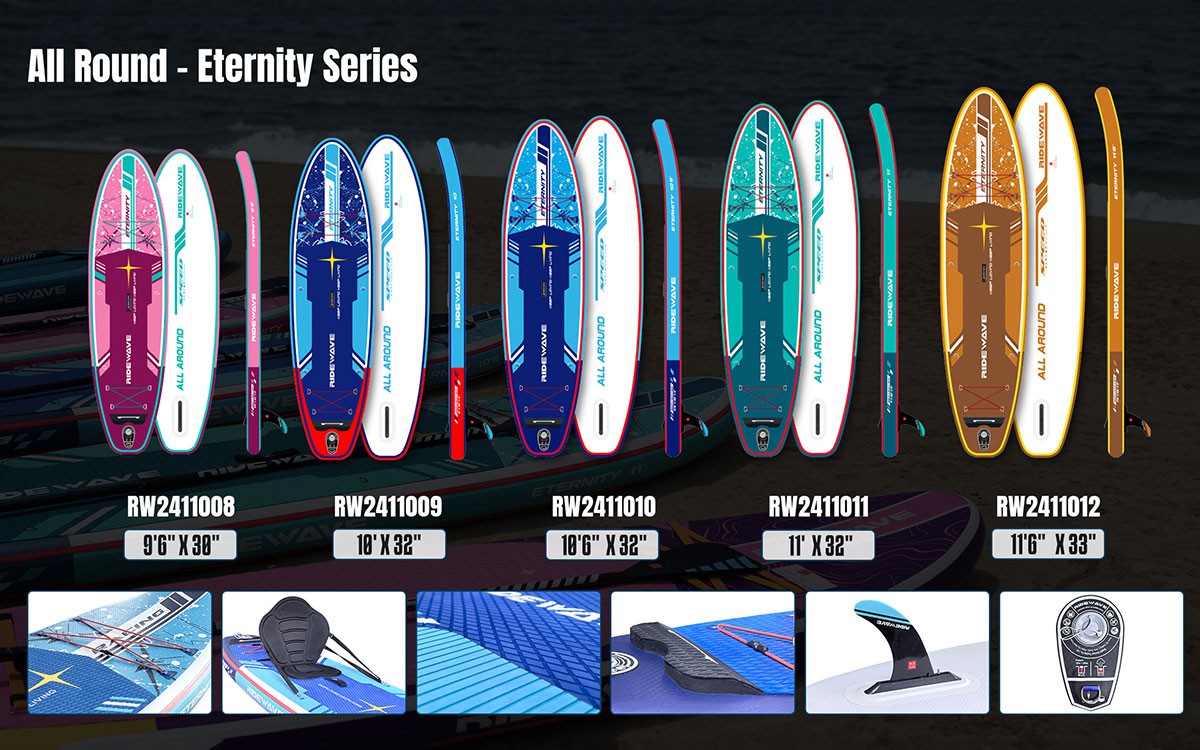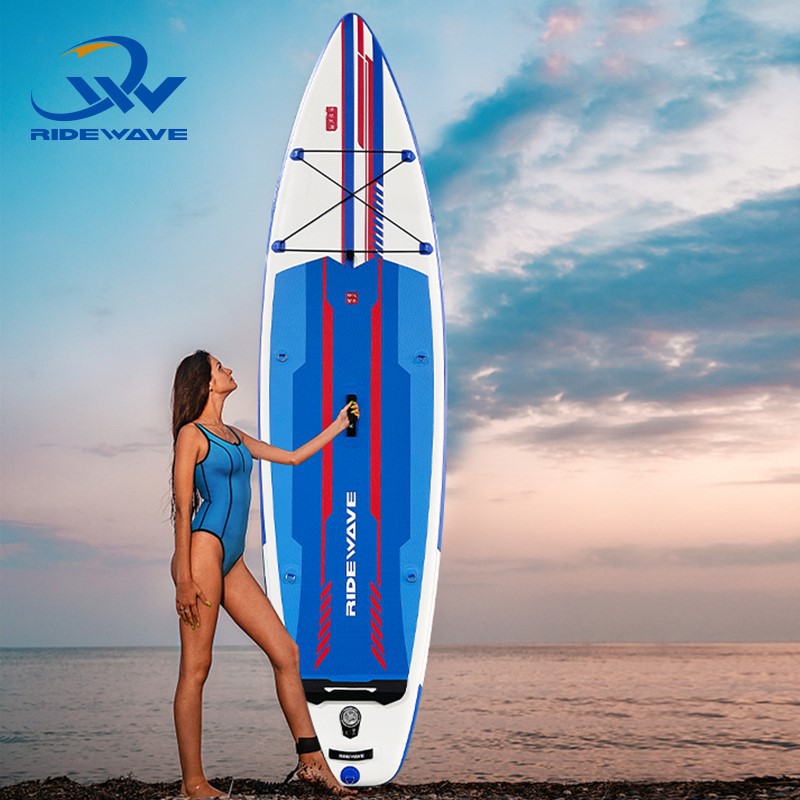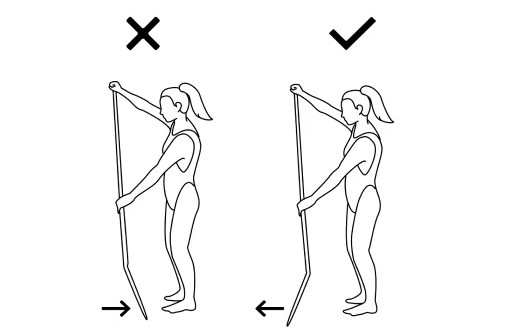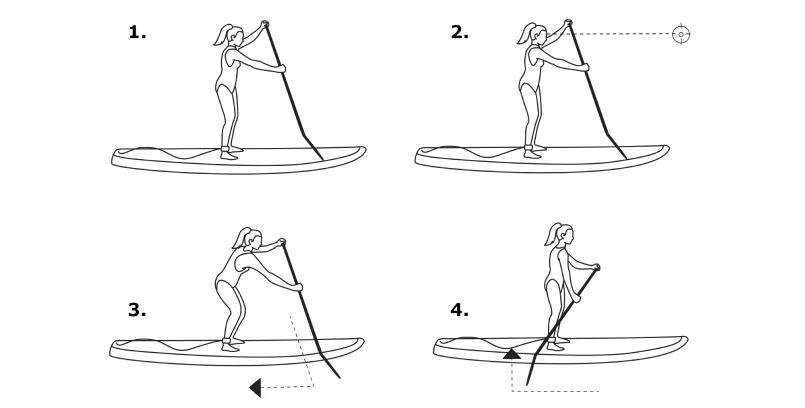A Beginner’s Guide To Choosing And Using Stand-Up Paddleboards: Stability, Quality, And High Cost-Effectiveness
Mar 28, 2025
Leave a message
A Beginner's Guide to Choosing and Using Stand-Up Paddleboards: Stability, Quality, and High Cost-Effectiveness
Introduction:
Stand-up paddleboarding (SUP) is taking the world by storm. It's not only a fun way to explore waterways but also improves balance and core strength. For beginners, choosing the right paddleboard is crucial. Our premium SUPs combine innovative design, exceptional stability, and unbeatable value, making them the perfect choice for newcomers. This guide will break down how to select your first paddleboard and share tips to master SUP techniques quickly.
How Beginners Should Choose a Stand-Up Paddleboard
1,Opt for Wider and Longer Board Shapes
Why? Boards over 32 inches wide and 10–12 feet long offer superior stability, helping beginners maintain balance. Our SUPs feature widened deck designs and reinforced edges to ensure confidence on the water.
2,Prioritize Inflatable SUPs
Why? Inflatable boards are lightweight, portable, and durable. Falling on an inflatable SUP is safer, and they're easy to store or travel with.
Our Edge: Crafted with military-grade PVC and high-density drop-stitch cores, our inflatable SUPs are wear-resistant, corrosion-proof, and rival hardboards in rigidity without compromising performance.

3,Focus on Weight Capacity
Why? Choose a board that supports 25% more than your body weight + gear to avoid sinking.
Our Edge: High-buoyancy designs ensure maximum load capacity while maintaining smooth gliding speeds.

4,Select a Non-Slip Surface
Why? Textured decks prevent slipping when wet.
Our Edge: EVA foam traction pads provide exceptional grip and comfort, ideal for extended use.
How to Use a Stand-Up Paddleboard Steadily
1,Getting On and Balancing: From Zero to Stable
Step 1: Kneeling Practice (Adaptation Phase)
Place the board in shallow water, parallel to the shore.
Hold the board's edges, kneel at the center (near the handle).
Use the paddle to row, feeling the board's buoyancy and movement.
Product Boost: RIDEWAVE SUPs feature wide, flat-bottomed designs for larger kneeling contact areas, minimizing wobbles and accelerating adaptation.

Step 2: Standing Posture (Key Tips)
Stand with feet shoulder-width apart, aligned with the board's centerline.
Bend knees slightly, lower your center of gravity (think "horse stance").
Keep your back straight and eyes on the horizon (avoid looking down).
Anti-Slip Assurance: The EVA diamond-pattern traction pad ensures firm grip even when wet.

2,Paddling Techniques: Efficiency and Reduced Wobbling
Grip and Power: Hold the top T-grip with one hand and the shaft mid-section with the other, arms slightly wider than shoulder-width.
Rhythm: Entry: Fully submerge the blade ahead at a 15° angle (reduces resistance).
Pull: Engage your core (not just arms!) to draw the paddle back to ankle level.
Switch Sides: Alternate sides every 3–5 strokes to maintain a straight course.
3,Handling Instability: Waves or Boat Wake
Action: Shift to a "side lunge" stance (one leg forward, one back) to lower your center.
Board Support: 6-inch thickened boards with multi-layer PVC structures resist sudden impacts, preventing capsizing.
Quick Turn Tip: Plant the paddle behind the tail, sweep in a half-arc, and lean slightly into the turn.
Stability Aid: Wider tail corners increase water contact during turns for better control.
If you're seeking a top-selling SUP, our company's paddleboards are an excellent choice worth exploring! Find us

